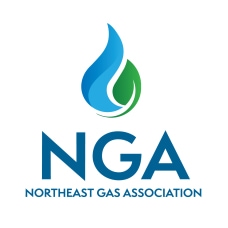Accelerated Infrastructure Replacement
Accelerated repair and replacement of more "leak-prone" natural gas distribution system components remains an issue of high priority for industry and government.
About Pipeline and Hazardous Materials Safety Administration
The Pipeline and Hazardous Materials Safety Administration (PHMSA) of the U.S. Department of Transportation has urged action on repairing older, more leak-prone systems - that is, cast iron, wrought-iron, and bare steel.
PHMSA's 2012 advisory bulletin highlighted "the need for continued safety improvements to aging gas pipeline systems." This advisory bulletin, among other points, urges owners and operators to conduct a comprehensive review of their cast iron distribution pipelines and replacement programs; and accelerate pipeline repair, rehabilitation and replacement of high-risk pipelines. It also requests state agencies to consider enhancements to cast iron replacement plans and programs.
Benefits of Accelerated Infrastructure Replacement
An accelerated program enhances system safety, and also helps reduce emissions.
An accelerated program enables the utilities to address system upgrades in a comprehensive and timely manner.
National and Regional Variations
Nationally, according to NARUC's January 2020 Handbook on Infrastructure Replacement and Modernization, "bare steel and cast iron still account for 5.1 percent of main miles and 2.7 percent of service lines, demonstrating the need for continued action on infrastructure replacement."
The averages for distribution main in the Northeast composed of cast/wrought iron or bare steel currently are: CT, 13.5%; ME, 1.0%; MA, 15.3%; NH, 2.2%; NJ, 8.7%; NY, 13.5%; PA, 14.9%; RI, 22.7%; and VT, 0% (data source: PHMSA, 2022 data, released 2023).
Northeast Efforts
The Northeast states have generally older pipeline systems than the national average and consequently higher averages for "leak-prone" pipe, specifically, cast or wrought iron and bare steel.
The level of this material is declining in the region as utilities replace older components, and the work continues.

